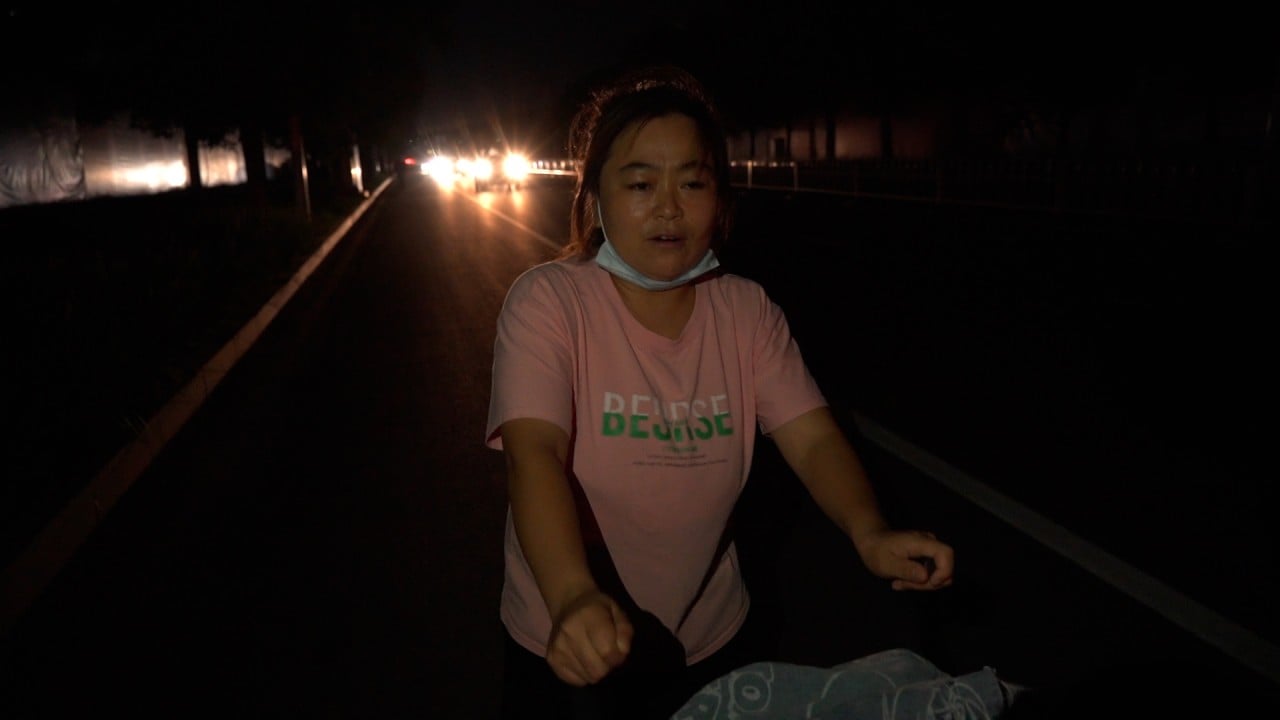
Climate change: German start-up Nuventura seeks partners in China to stamp out the world’s most potent greenhouse gas
- Nuventura plans to transfer its technology to Chinese companies to develop a replacement for sulphur hexafluoride, the world’s most harmful greenhouse gas
- The start-up has embarked on a demonstration project with European utility E. ON in Germany to replace sulphur hexafluoride in distribution grids
German start-up Nuventura is seeking partners in China to commercialise a replacement for sulphur hexafluoride (SF6), the world’s most harmful greenhouse gas that is widely used in electricity distribution grids.
The Asian Development Bank-backed firm plans to transfer its technology to makers of medium voltage gas-insulated switchgear (GIS) in China that lack capabilities to develop a replacement for SF6.
“We are looking into the right structure in China [as] our business model worldwide is to license our technology,” said CEO Fabian Lemke. “It might be a combination of a joint venture with a local partner and licensing arrangements with other manufacturers.”
Power distribution behemoth State Grid Corporation of China said it could deploy Berlin-based Nuventura’s product in its infrastructure, provided it meets requirements.
Nuventura aims to raise US$12 million to fund its product roll-out in Europe and for pilot projects in Asia, he added.
Last September, it started a demonstration project with European utility E. ON in Germany to replace SF6 in distribution grids.
Man-made SF6 is used in switchgear and circuit breakers for controlling, isolating and protecting electrical equipment. It was also used as a filler gas in tennis balls, sports shoe soles, truck tyres and soundproof windows until it was banned in the European Union in 2006.
China accounted for around 36 per cent of global SF6 emissions in 2018, according to a study led by University of Bristol scientists in 2020.
The role of tech in greener, more secure power distribution
A working group led by the Ministry of Ecology and Environment and China Energy Research Society was formed last October to tackle SF6 emissions. Comprising experts from utilities and switchgear makers, it was tasked with investigating the use of SF6 and to come up with control and replacement strategies.
SF6 is one of the six greenhouse gases regulated under the Kyoto Protocol signed in 1997, which committed most countries to reducing greenhouse gas emissions. It is the most potent and persistent greenhouse gas, some 22,800 times more effective at trapping heat than carbon dioxide in the atmosphere, with a lifespan of over 3,200 years.
In the EU, the ban on SF6 was extended in 2014 to all applications, except in the electricity industry due to the lack of an alternative. The European Commission last month proposed regulations to phase out SF6 in all new electrical transmission equipment by 2031.
In California, grid operators have been held accountable since 2011 for reporting and limiting their SF6 emissions at increasingly stringent caps. A proposal was tabled to start phasing it out from 2025.
Nuventura, co-founded in 2017 by Manjunath Ramesh, a former electromechanical expert at Schneider Electric, and Lemke, a former McKinsey business consultant, was the first company to develop a climate-friendly SF6 replacement that consists of oxygen and nitrogen for 36 kilovolt switchgear.
Rivals ABB, Schneider Electric and Siemens have developed similar products for the 12kV and 24 kV segments in the past few years.
“[Nuventura] has picked the harder segment, because the higher the voltage, the more difficult it is to develop [an SF6-free replacement],” said Cao Qiyong, senior investment specialist at ADB Ventures, which acquired a minority stake in Nuventura last year for around €1 million (US$1.06 million).
“It will take some time for its rivals to develop 36kV products, so Nuventura will have an advantage in the next one to two years.”
UK Power Networks, which provides power to 8.3 million homes and businesses, commissioned ABB to supply a 36kV GIS in January.
China’s carbon-trading exchange kicks off en route nation’s 2060 goal
Lemke dismissed concerns that sharing its know-how with partners, instead of making and selling the product itself, would erode its technological edge.
“It is not only the patents … you also need the process know-how to assure product quality,” Lemke said, noting this strategy would allow the company to achieve market penetration and generate revenues much faster.
“Much of our solution is in business secrets that are not published in the patents.”




